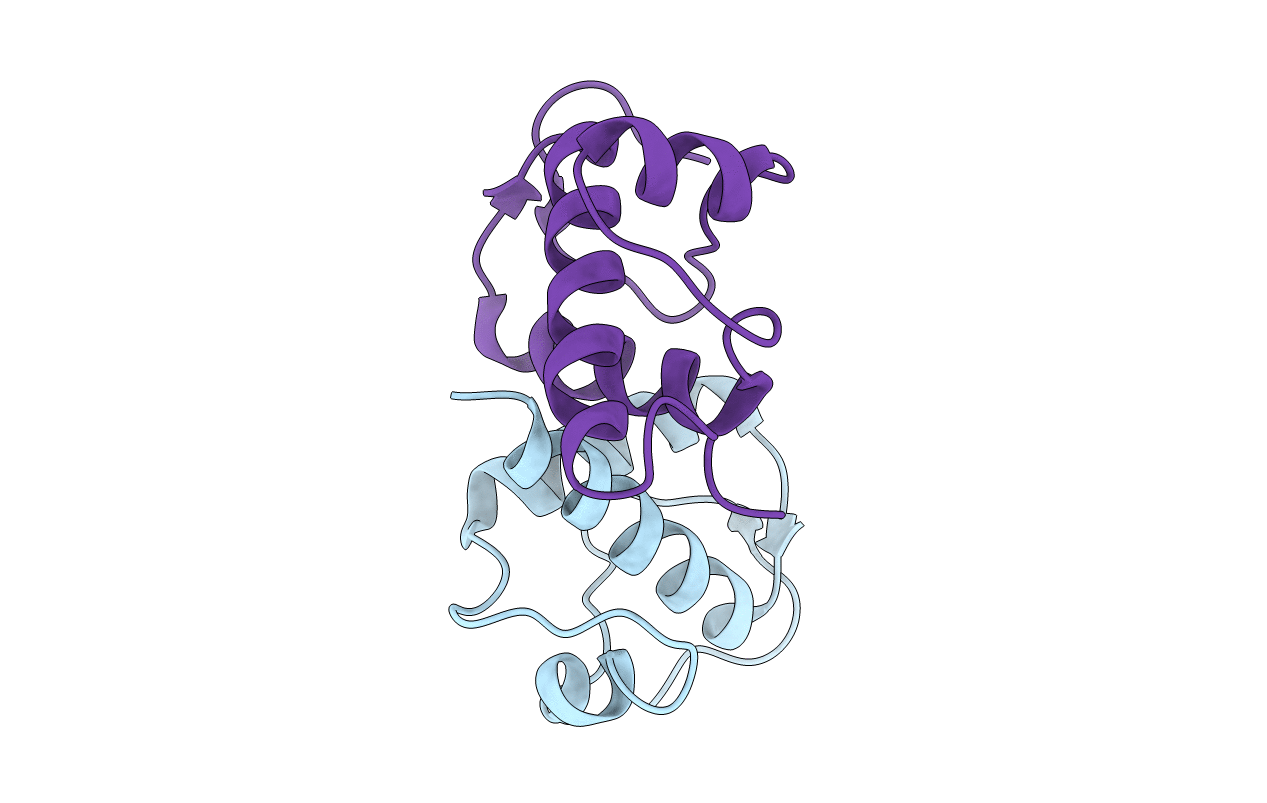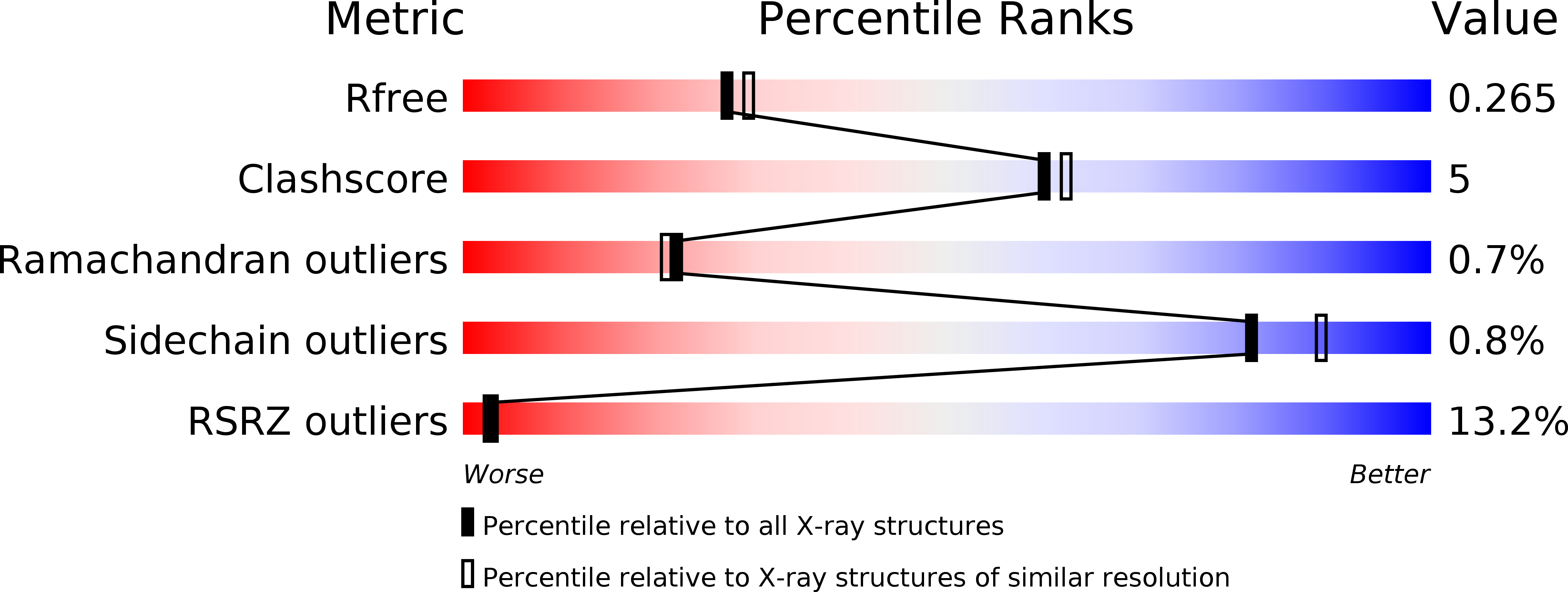
Deposition Date
2018-08-06
Release Date
2019-03-20
Last Version Date
2024-10-16
Entry Detail
PDB ID:
6AEQ
Keywords:
Title:
Crystal structure of the ssDNA-binding domain of DnaT from Salmonella enterica Serovar Typhimurium LT2
Biological Source:
Source Organism:
Host Organism:
Method Details:
Experimental Method:
Resolution:
2.25 Å
R-Value Free:
0.26
R-Value Work:
0.22
R-Value Observed:
0.22
Space Group:
C 2 2 21


